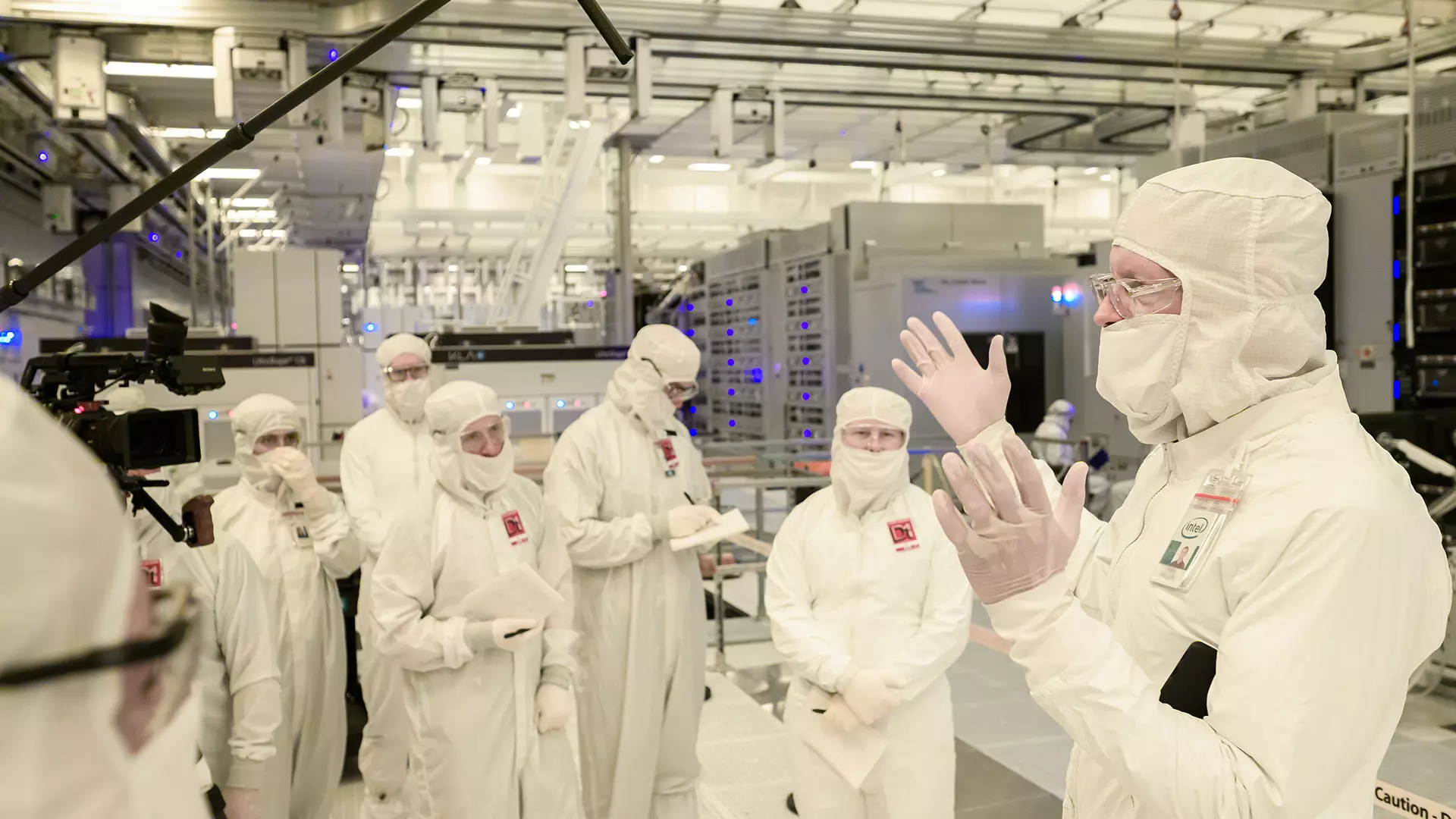In a bold and concerning move that reflects the nature of the rapidly evolving tech industry, Intel Corporation has announced significant workforce reductions that could alter the company’s landscape for years to come. This year, speculations have turned into reality as approximately 107 California-based employees are set to lose their jobs, a move that is part of a larger strategy that has already involved a 5% cut of the workforce earlier in 2024. This action serves as a startling commentary on the challenges that major technology firms face amidst fierce competition, economic uncertainty, and the relentless pursuit of operational efficiency.
The layoffs, confirmed via official communication required by California’s Worker Adjustment and Retraining Notification Act, are reportedly tied to Intel’s overarching goal of trimming operational costs by an astonishing $500 million this year, with an ambitious $1 billion target by 2026. This transformative initiative reflects a complex blend of strategic imperatives aimed at positioning the company for better financial health and responsiveness in an ever-competitive market.
Corporate Speak: The Justification Behind Layoffs
Intel’s public relations strategy following these announcements emphasizes a quest for efficiency and organizational streamlining. An Intel spokesperson stated, “As we announced earlier this year, we are taking steps to become a leaner, faster and more efficient company.” This type of corporate rhetoric is designed to assuage the fears of stakeholders and the public, framing layoffs as necessary evils in a quest to enhance performance and output. While the sentiment may appear positive on the surface, the impact on those laid off and the potential loss of valuable talent raises critical questions about the long-term viability of such strategies.
One cannot overlook the irony in a company that emphasizes focusing on engineering talent while still cutting numerous engineering roles. The layoffs included critical positions, such as physical design engineers and cloud software architects—core roles that one would expect to be prioritized in an industry that thrives on innovation and efficiency through technological advancement. This conflicting narrative highlights the essential dilemma that corporate leaders often face: balancing cost reduction with the preservation of talent that drives innovation.
Impact on Employee Morale and Company Culture
The decision to lay off a substantial portion of the workforce inevitably sends shockwaves through the remaining employees. The losses impact morale, create an atmosphere of uncertainty, and can diminish trust in leadership. As survivors of this corporate upheaval navigate their own job security, the question arises—how will this erosion of trust affect team dynamics and productivity? Employees who remain are likely to scrutinize their roles and commitments in light of the current volatility, potentially leading to disengagement and decreased productivity.
Moreover, outsourcing certain functions, such as marketing to consultancy firms powered by AI, indicates a trend toward cost minimization at the expense of in-house capabilities. While tech firms may argue that this frees up resources to concentrate on core competencies, it raises legitimate fears about losing the very essence of what makes a tech company resilient—its people. Will the focus on returning to financial stability transform Intel into just another cost-cutting entity, or will it maintain its innovative edge?
A Need for Transparent Strategic Vision
Intel’s struggle reflects broader truths in the tech industry—the delicate balance between growth, innovation, and financial health requires an attitude of foresight and adaptability. Workforce reductions, while often deemed necessary, can lead to an identity crisis for the company unless the strategy is coupled with a transparent vision for the future. Stakeholders must question whether Intel’s renewed focus on efficiency will inadvertently undermine its core principles of innovation and community.
Now more than ever, it’s crucial for corporate leaders to pivot from reactive strategies toward proactive ones that involve engagement and cultivation of talent. By creating an environment where employees feel valued and secure, companies can foster loyalty and commitment that ultimately contribute to long-term success. A comprehensive strategy that integrates workforce stability with operational efficiency could very well support sustained growth amid adversity.
As Intel navigates these turbulent waters, the challenge lies in ensuring that the measures taken not only fortify its operational base but also preserve the very drive that contributes to technological advancements—its talented workforce.

